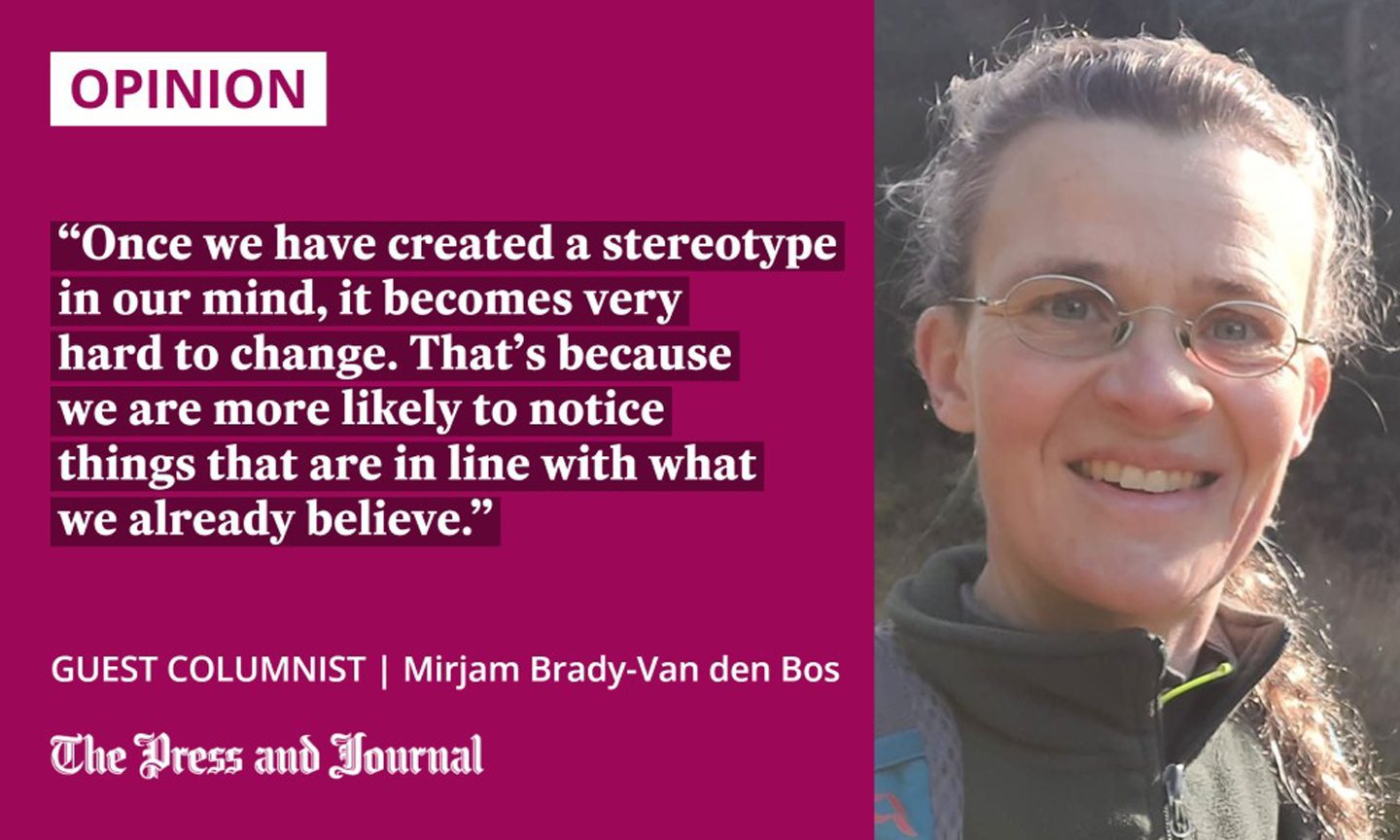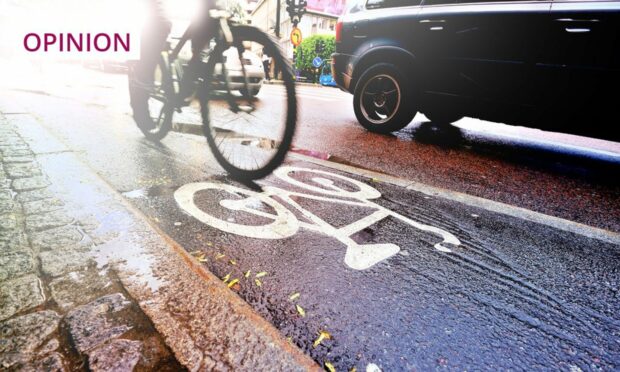It’s human nature to develop an ‘us and them’ mentality towards other groups, but we should recognise and resist that built-in tendency, writes psychology lecturer, Mirjam Brady-Van den Bos.
Recently, especially on social media, the animosity between cyclists and motorists seems to have got noticeably worse. Where do these negative feelings come from, and what can we do to reduce them?
I’m a psychology lecturer, so here are some theories that I believe can help explain it – and, ultimately, help us move forward.
The first explanation for the antagonism comes from something called “in-group bias”. When you put people in a group (even when group membership is based on trivial characteristics, such as the colour of the pen they’ve been given), pretty soon people start to develop strong preferences for those in their own group.
At the same time, they start to see the “out-group” (people with yellow pens, for example) in a more negative light, perhaps as less competent and generally inferior. Another fascinating aspect of this in-group bias is that people tend to see those in the out-group as all very similar (“out-group homogeneity”), whereas the people of their own in-group are seen as individuals, each with their own quirks.

As I said, these effects are found even when groups differ on trivial things, like the badges they’re wearing. So, you can imagine that, when differences between groups are more obvious – such as your skin colour, your language, or your mode of transport – the effects of in-group bias are much stronger.
The second possible explanation is a phenomenon called “confirmation bias”. When people believe their own group is “better”, out-group stereotypes start to form. Stereotypes are labels we apply to people, for instance: “Italian men are romantic”.
Once we have created a stereotype in our mind, it becomes very hard to change. That’s because we are more likely to notice things that are in line with what we already believe. We tend to ignore things that don’t fit with our beliefs. We notice and remember the motorist who cut us up; we notice and remember the cyclist who went through a red light.
Make an effort to see people as individuals
One look on social media shows that in-group bias is rife: both motorists and cyclists are primarily focused on pointing out differences between their groups, and ways in which their own group is superior. Things they say do not need to be repeated here. Instead, I want to focus on repair – a way forward. What can we do to reduce in-group and confirmation bias?
Well, for a start, we can try to see people from the “other” group as a diverse set of individuals. If you feel negative towards “cyclists”, think about what these cyclists look like in your mind. Then consider the wide variety out there: people who cycle to work, people who carry a load of shopping in their panniers, young women, older men, people who cycle at weekends for leisure, people on ebikes, on tandems, on trikes.
A similar, wide variety consists amongst “motorists”: commuters, shoppers, people with kids in the back, older people out for a scenic drive, car-sharers, electric car drivers, proud Land Rover owners.
We are all people. We are all different. You might feel negative towards some people, but surely not to everyone?
Hold yourself to account
The confirmation bias is harder to address and requires a bit of effort. But, it can be done.
I might believe “motorists are impatient”. So, on a ride to Alford, I count how many cars overtake me. Two hundred. Then I count how many overtake me dangerously: one. That’s 199 cases against my stereotype.
Your brain desperately wants you to remember the car that cut you up, and the bike that shot through red – I urge everyone who reads this to try and overcome that built-in tendency of ours
If you believe that “cyclists jump red lights”, count the number of cyclists you see when you drive to work, then count the number who commit the offence. The percentage will be similarly low.
Your brain desperately wants you to remember the car that cut you up, and the bike that shot through red – I urge everyone who reads this to try and overcome that built-in tendency of ours. Let’s see each other as individuals. Let’s look for the good in one another.
After all, to paraphrase Dire Straits, we have just one world – so, please, let’s not live in different ones.
Mirjam Brady-Van den Bos is a psychology lecturer at the University of Aberdeen, as well as a keen forager and wild swimmer












Conversation